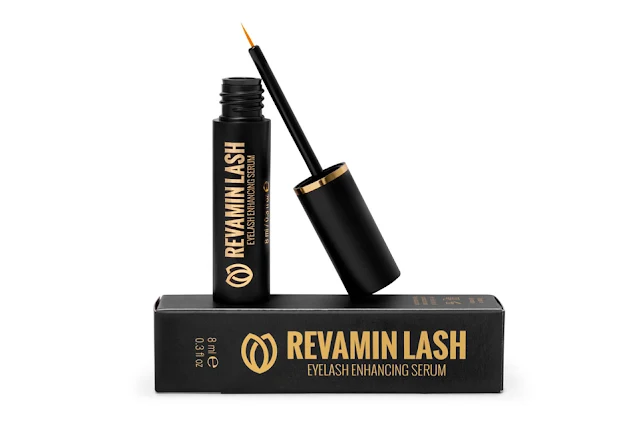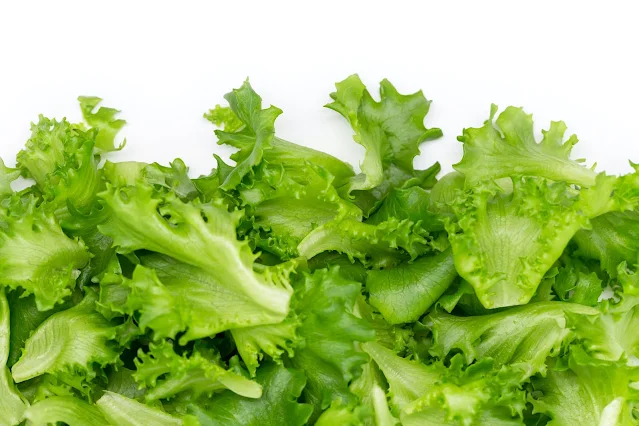LETTUCE
Lettuce is
one of the famous leafy vegetables that are light on the stomach and great for
their benefits to the body.
Lettuce is
considered one of the most important dishes that are placed on the table as a
salad all over the world, and its leaves are also added to burgers, shawarma, and a number of other dishes.
Lettuce
leaves contain large amounts of vitamins and minerals with very few calories.
It is an
excellent source of vitamin A, vitamin C, folate; and vitamin K which is
important for blood clotting; it also contains potassium; Which helps regulate
blood pressure.
as well as
copper, and iron are important for the formation of red blood cells, also
manganese which contribute to the regulation of brain and nerve functions.
The
benefits of lettuce for health:
*Lettuce
contains high levels of potassium, which contributes to maintaining a healthy
heart and blood circulation.
*Its folate
content may contribute to preventing serious complications of the heart, by
breaking down the amino acid homocysteine, whose high level in the blood is linked
to cardiovascular disease (A 2015 review published in Nutrition Journal
indicated that people with folic acid deficiency had elevated levels of homocysteine in the blood).
*Lettuce
also contains fiber that contributes to maintaining normal cholesterol levels,
and the antioxidant vitamins available in lettuce, such as vitamin A and
vitamin C, may help reduce cholesterol buildup in the arteries.
*Contains
nutrients useful for lowering blood pressure, as the consumption of high
amounts of potassium is associated with lowering the level of blood pressure,
according to what was indicated by the journal Current Hypertension Reports in 2011,(Potassium is available in large amounts in red lettuce, which
in turn lowers blood pressure by decreasing the effects of high sodium, in
addition to helping to dilate blood vessels).
*Lettuce is
a source of folate, which is essential for pregnant women, it is a group of B
vitamins.
The deficiency of this vitamin in pregnant women is associated with pregnancy complications,
including low birth weight babe, fetal abnormalities; Spina bifida, or premature
birth.
But it is
important for the pregnant woman before eating lettuce to wash it well, and
keep it in the correct way; In order to reduce the risk of contamination.
*Lettuce is
a vegetable that does not contain large amounts of carbohydrates and calories,
and therefore it is suitable for the diet of diabetics.
*Lettuce,
like other leafy vegetables, is a source of vitamin K, which is very important
and necessary for building bones, increasing their density, and preventing
fragility.
*Eating
lettuce helps promote skin health, vitamin A, which is present in high amounts
in it, is necessary for skin health, and a deficiency of this vitamin in the
body leads to skin problems.
*Lettuce
contains anti-inflammatory and nutrients that help prevent acne and skin
problems, such as antioxidants, potassium, and B-complex vitamins.
Also, the
low glycemic index of lettuce helps prevent pimples and acne.
*The fiber
in lettuce promotes digestion, avoiding other digestive ailments such as
constipation and bloating, it can also relieve stomach pain.
*The
presence of vitamins A and C in lettuce makes it a good food for the immune
system, and lettuce also has antimicrobial properties.
*The
potassium in lettuce boosts muscle strength as well, and low potassium levels
have been linked to muscle weakness, and a Swedish study found that eating
vegetables, especially lettuce, can boost muscle strength.
*vitamin
A in lettuce helps increase the rate of skin cell renewal, and the potassium in
lettuce improves blood circulation, thus providing oxygen and other nutrients
to the skin.
*Lettuce is
high in water, so it can help prevent dehydration, especially during the hot
summer months, keeping the body hydrated.
Benefits of lettuce for
weight loss:
Among the
things that help lose weight is eating vegetables in appropriate quantities in
diets.
Red lettuce which contains a high amount of water and a low number of calories is a great choice for people who follow weight-loss diets.
Also, the
high fiber content of lettuce is also associated with a feeling of satiety and
fullness; according to a study published in The American Journal of Clinical
Nutrition in 2008.
How to choose lettuce:
Choose lettuce with a whole head.
Make sure
the leaves are crisp, not dry, smooth, dark green, and bright because they
are a great source of vitamin C, folate, beta-carotene, iron, calcium, and
other dietary fiber.
Avoid
wrinkled, wilted, or rust-brown leaves.
Lettuce is
mostly eaten raw, so before serving, remove any brown, wilted, or decayed leaves
and then wash the leaves well, and dry them to remove any dirt or insects.
How to store lettuce:
Proper
storage is critical to maintaining its freshness, and the best way to store lettuce
is to keep it unwashed in an airtight container, or in a plastic bag and store
it in the upper section of the refrigerator.
Keep it away
from fruits that produce ethylene gas, such as apples, bananas, and melons, as
they speed up the deterioration of the lettuce by increasing brown spots on the
leaves and causing damage.
Dangers of eating
lettuce:
Lettuce is a
safe vegetable and has no side effects, but its high vitamin K content can
cause problems for people who take blood-thinner medications.
The bottom line:
There are many
types of lettuce, but the best of them are the leafy ones, in addition to the
romaine lettuce, because they are rich in nutrients.
Lettuce is a
low-calorie food, as every 100 grams gives 16 calories, and the water content
of lettuce is about 94%, while the other 6% consists mainly of carbohydrates,
fiber, vitamins, and minerals.
Some people
use lettuce as a healthy ingredient to be added to various juices, due to its
mild flavor.
Since you
know the benefits of lettuce, you should include it in your daily diet.
Sources:(1) - (2) - (3) - (4) - (5) - (6) - (7) - (8) - (9) - (10) - (11) - (12) -(13)
































